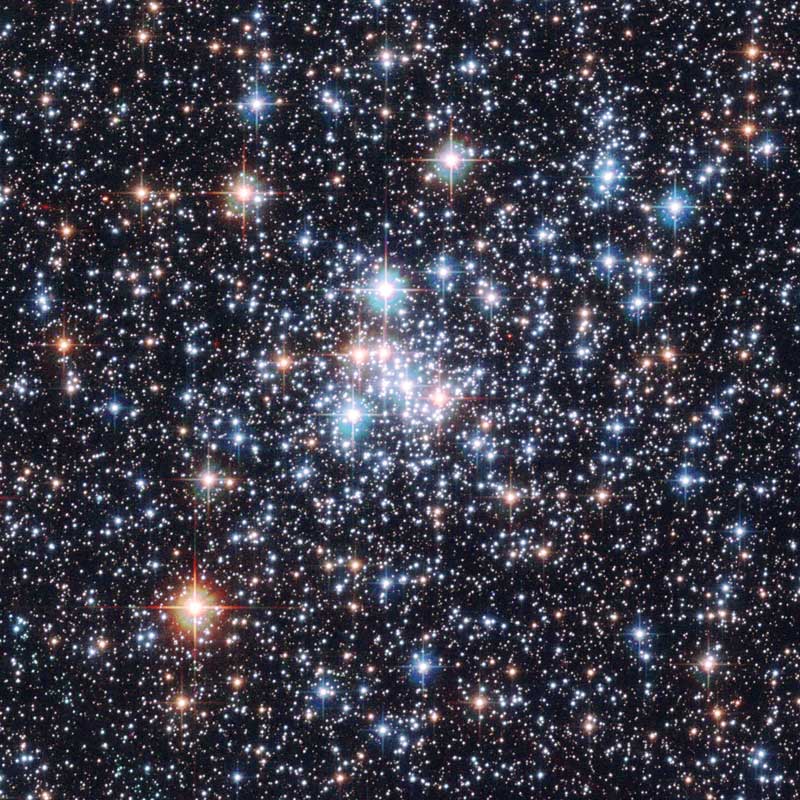Stars and Stellar Astrophysics

To understand the formation and evolution of stars is essential for understanding the evolution of the Universe as a whole. Steward astronomers attack these problems with observations at many wavelengths and with theoretical calculations. Star formation is closely coupled to planet formation, in ways that are still not well understood. We study the conditions for star formation, the properties of the faintest and brightest stars, and how stellar energy output is coupled to the evolution of galaxies. Star formation studies allow us to tackle the problems of how galaxies such as the Magellanic Clouds and the Milky Way interact. Stars can also be used as probes of the gravitational effects of dark matter, and of extreme physics in conditions which are unattainable in the lab. Understanding objects such as brown dwarfs is only possible if the models are correct, which entails accurate molecular and atomic transitions and the best models of convection.
A large fraction of the Steward faculty count stellar astronomy as one of their major areas of research.
Faculty and Research Staff with a research interest in this area include:
- Dave Arnett - Supernovae, Steller Models
- Tim Axelrod - Supernovae, Magellanic Clouds
- John Bieging - Radio & Submilimeter Observations
- Laird Close - Low Mass Stars, Brown Dwarfs
- Josh Eisner - Star Formation
- Elizabeth Green - Subdwarf O & B stars, Pulsating Stars
- Ivan Hubeny - Stellar Atmospheres and Evolution
- Serena Kim - Star-Forming Regions
- Kaitlin Kratter - Binary stars, Stellar dynamics
- Dan Marrone - Star Formation
- Bob McMillan - Stellar Astronomy
- Peter Milne - Supernovae
- Ed Olszewski - Magellan Clouds and Galactic Halo Populations
- Feryal Özel - Neutron Stars
- Dimitrios Psaltis - Compact Remnants
- Philip Pinto - Supernovae
- George Rieke - Star Formation
- Marcia Rieke - Galactic Center
- Glenn Schneider - Brown Dwarfs
- Yancy Shirley - Radio and Submilimeter Objects
- Nathan Smith - Supernovae, Star Forming Regions
- Kate Su - Debris Disks
- Rodger Thompson - Galactic Astronomy
- Christopher Walker - Radio & Submm Observations of Star-Forming Regions
- Grant Williams - Massive Stars & Supernovae
- Dennis Zaritsky - Magellenic Clouds, Local Group
- Lucy Ziurys - Star Forming Regions
Related topics are discussed both in our Star Formation/ISM and Galaxy discussion groups. These meet on alternate Mondays at noon in N305 during the academic year.

For Public
Public events include our Monday Night Lecture Series, world-reknowned Astronomy Camp and Mt Lemmon Sky Center.

For Students
A good place to start if you want to become an undergrad major or grad student, or need to find our schedule of classes.

For Scientists
Find telescopes and instruments, telescope time applications, staff and mountain contacts, and faculty and staff scientific interests.




